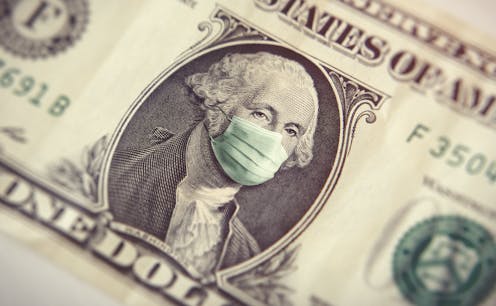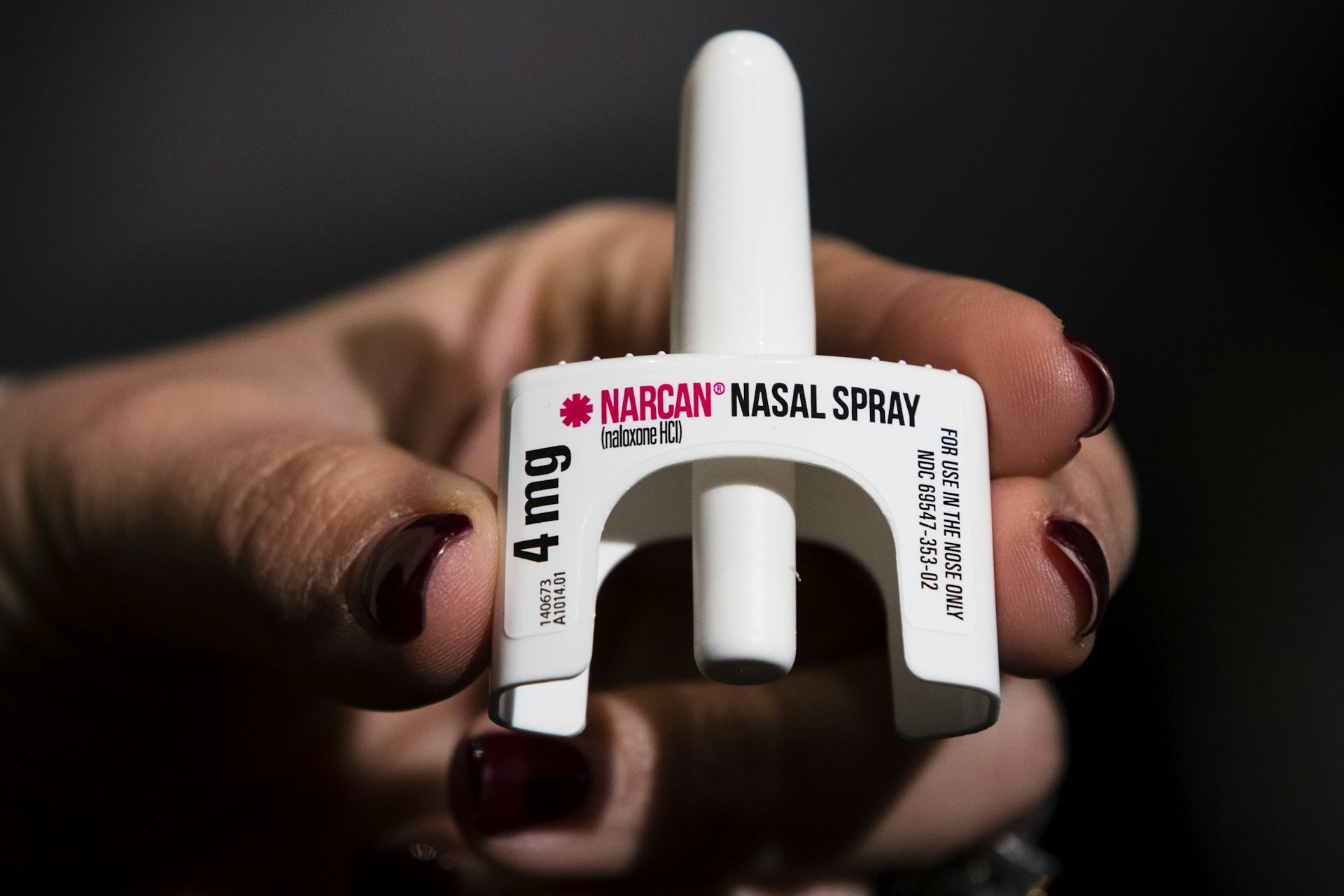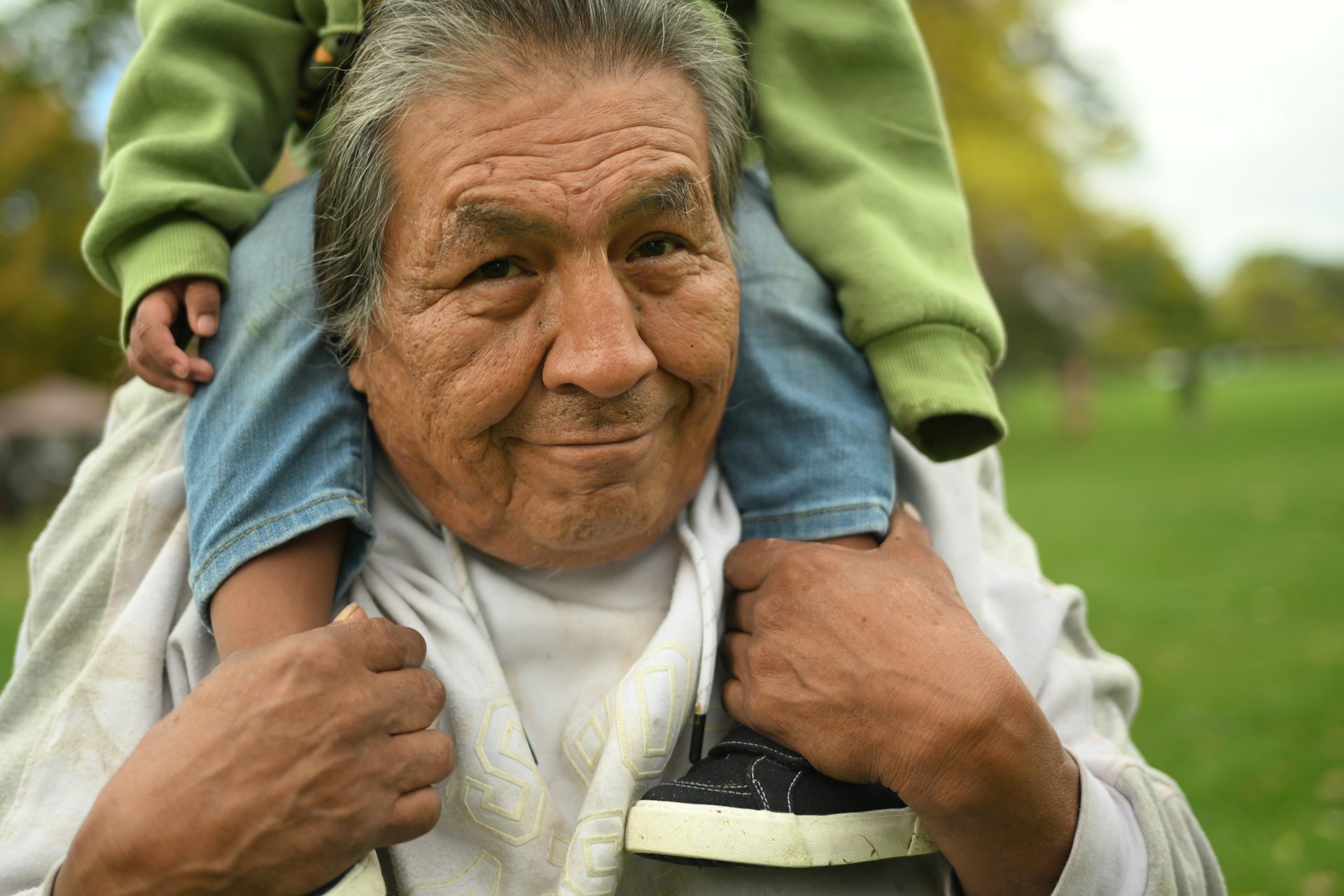Americans may be willing to pay $5 trillion to stop the spread of the coronavirus and save lives
A new analysis tried to estimate Americans' 'willingness to pay' based on the implied value of social distancing and other public intervention measures.

The Research Brief is a short take about interesting academic work.
The big idea
A new analysis suggests Americans are willing to pay about US$5 trillion to stop the spread of COVID-19 and save as many lives as possible – dwarfing the $3 trillion Congress has so far agreed to spend to support the U.S. economy and its workers. To get to that figure, we calculated the implicit value of public intervention measures like social distancing and statewide lockdowns – meant to prevent people from catching COVID-19 and possibly dying – by estimating how much people are willing to pay to have them implemented.
We conclude – based on modeling the spread of the disease and examining epidemiological and economic data – that the average person is essentially willing to pay $15,000 to reduce the rates of infection through social distancing, shelter-in-place and other interventions. We then multiplied that by the population of the U.S. to get an aggregate figure.
Why it matters
Health officials tend to argue that strong social distancing measures should remain in place for a prolonged period of time, while others want the restrictions lifted immediately. Economists frequently calculate what people are willing to pay to find an answer to questions like these. The U.S. Department of Transportation, for example, uses an estimate of $28,800 per injury avoided for minor injuries and $9.6 million per life saved for interventions that reduce fatality risks – such as building a new highway or adding a train line.
Clearly, it would not be reasonable to wait to ease the restrictions until the fatality rate of COVID-19 falls to zero. We accept deaths arising from the seasonal flu and deaths that could be avoided by allocating more resources to medical research, and we readily accept potentially deadly hazards in our daily activities, like when we get in a car. The key is to find the right balance, as we often do with other risks, ensuring that the costs of the measures adopted do not exceed the benefits.
Our research shows that, in the aggregate, the benefits in terms of lives saved and morbidity avoided can well justify the enormous economic costs brought by social distancing measures. An important caveat, however, is that since most of the benefits of these measures accrue to a relatively small group of highly vulnerable individuals – while the cost burden fall on the entire population – not everybody may willingly accept those measures, as evidenced by protests against the lockdowns.
What still isn’t known
Our results are suggestive, but preliminary. Some of the assumptions of our model regarding the spread of the virus, the risk factors associated with severe illness and how hospitals respond to a surge in demand may prove wrong. In addition, much empirical analysis remains to be done, especially in relation to the nonmonetary benefits and costs of social distancing interventions.
What other research is being done
The COVID-19 pandemic has generated a lot of interest among economists, as you’d expect. The European Economic Association alone lists more than 250 projects exploring data related to the pandemic, ranging from trying to understand the macroeconomic consequences to evaluating the effectiveness of social distancing interventions.
[Get facts about coronavirus and the latest research. Sign up for The Conversation’s newsletter.]
Les auteurs ne travaillent pas, ne conseillent pas, ne possèdent pas de parts, ne reçoivent pas de fonds d'une organisation qui pourrait tirer profit de cet article, et n'ont déclaré aucune autre affiliation que leur poste universitaire.
Read These Next
As US hunger rises, Trump administration’s ‘efficiency’ goals cause massive food waste
Despite the administration’s claim of streamlining the government to make its operations more efficient,…
How does Narcan work? Mapping how it reverses opioid overdose can provide a molecular blueprint for
Naloxone can reverse an overdose in minutes, but exactly how it does this at the molecular level has…
Pentagon investigation of Sen. Mark Kelly revives Cold War persecution of Americans with supposedly
President Donald Trump and his supporters cast their domestic opponents as disloyal, traitorous or worse,…





